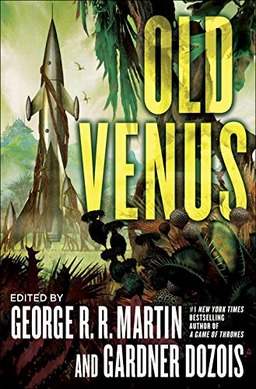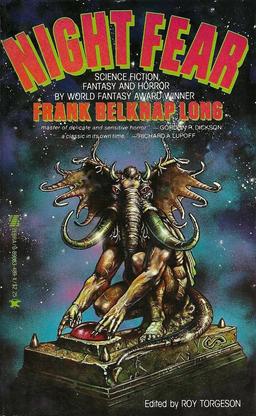One Shot, One Story: Clark Ashton Smith
 The other day, I was talking to a friend of mine who happens to be a pastor, and I took the opportunity to ask him a deep theological question: “If you had to choose one player to take one shot, with eight tenths of a second on the clock and the game on the line — to save your life — who would you choose?” (My friend, in addition to being an ordained minister, is also, like me, a devoted acolyte in the Church of the NBA.)
The other day, I was talking to a friend of mine who happens to be a pastor, and I took the opportunity to ask him a deep theological question: “If you had to choose one player to take one shot, with eight tenths of a second on the clock and the game on the line — to save your life — who would you choose?” (My friend, in addition to being an ordained minister, is also, like me, a devoted acolyte in the Church of the NBA.)
This is of course the sort of dangerous question that led to the Reformation and the Thirty Year’s War. Happily in this case no violence ensued, though his pick was Larry Bird and mine was Michael Jordan. Hey, if he wants to die while I live, that’s his business. (It helps a little that the first choice of each was the second choice of the other.)
What does this have to do with “Adventures in Fantasy Literature,” the avowed purview of Black Gate, you ask? Just this — it got me thinking about one of my favorite fantasists, one whom not enough lovers of the fantastic are acquainted with: Clark Ashton Smith. There are one hundred and fourteen stories in the five volumes of The Collected Fantasies of Clark Ashton Smith. If I had a reader, willing but uninitiated, and had to pick one of those stories to introduce Smith with, (to save my life!) which one would it be?
Smith is a writer who can benefit from such an introduction; though he was one of the “Three Musketeers” of Weird Tales in its 1930’s heyday, he remains much less known than the other two-thirds of the trio. You could fill a phone book with the names of imitators of H.P. Lovecraft and Robert E. Howard, but, as Ray Bradbury said, Smith is “a special writer for special tastes; his fame was lonely.”
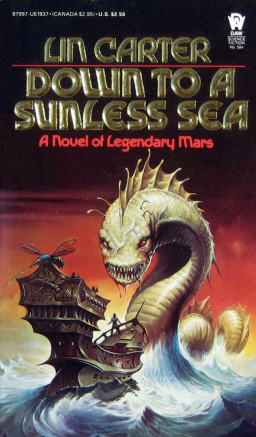
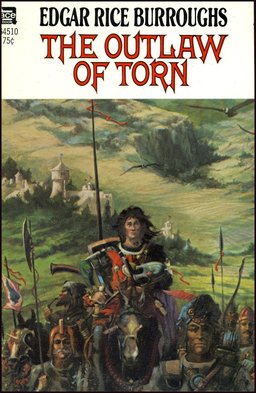
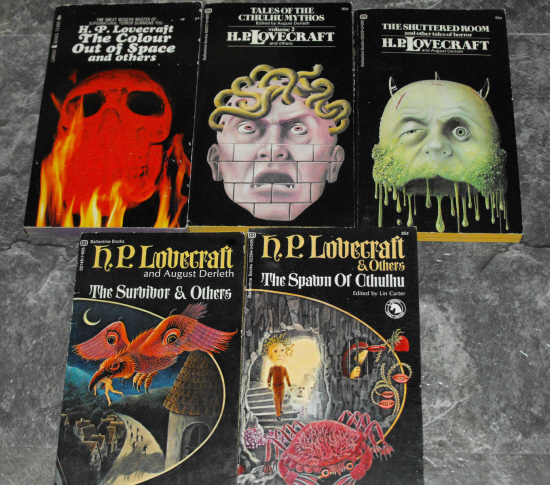
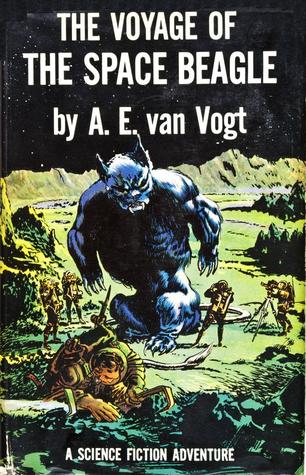
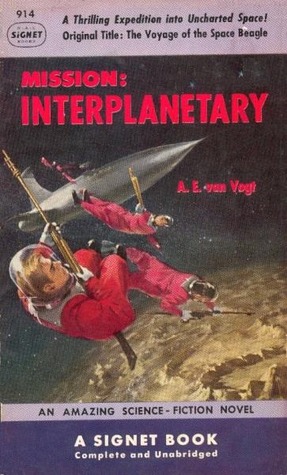
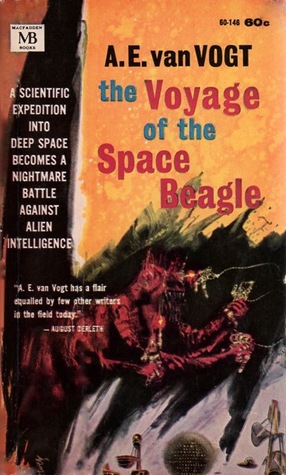
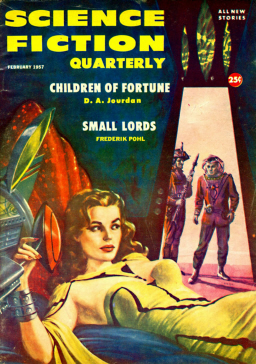
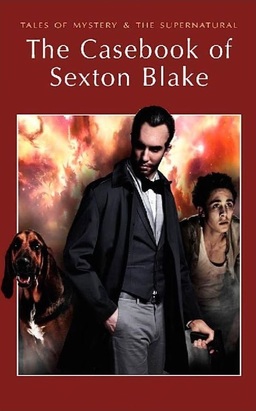
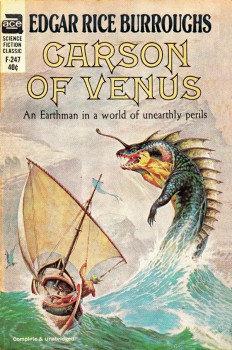 When we last left our intrepid blogger (me) two weeks ago, he had blogged (see Parts
When we last left our intrepid blogger (me) two weeks ago, he had blogged (see Parts 